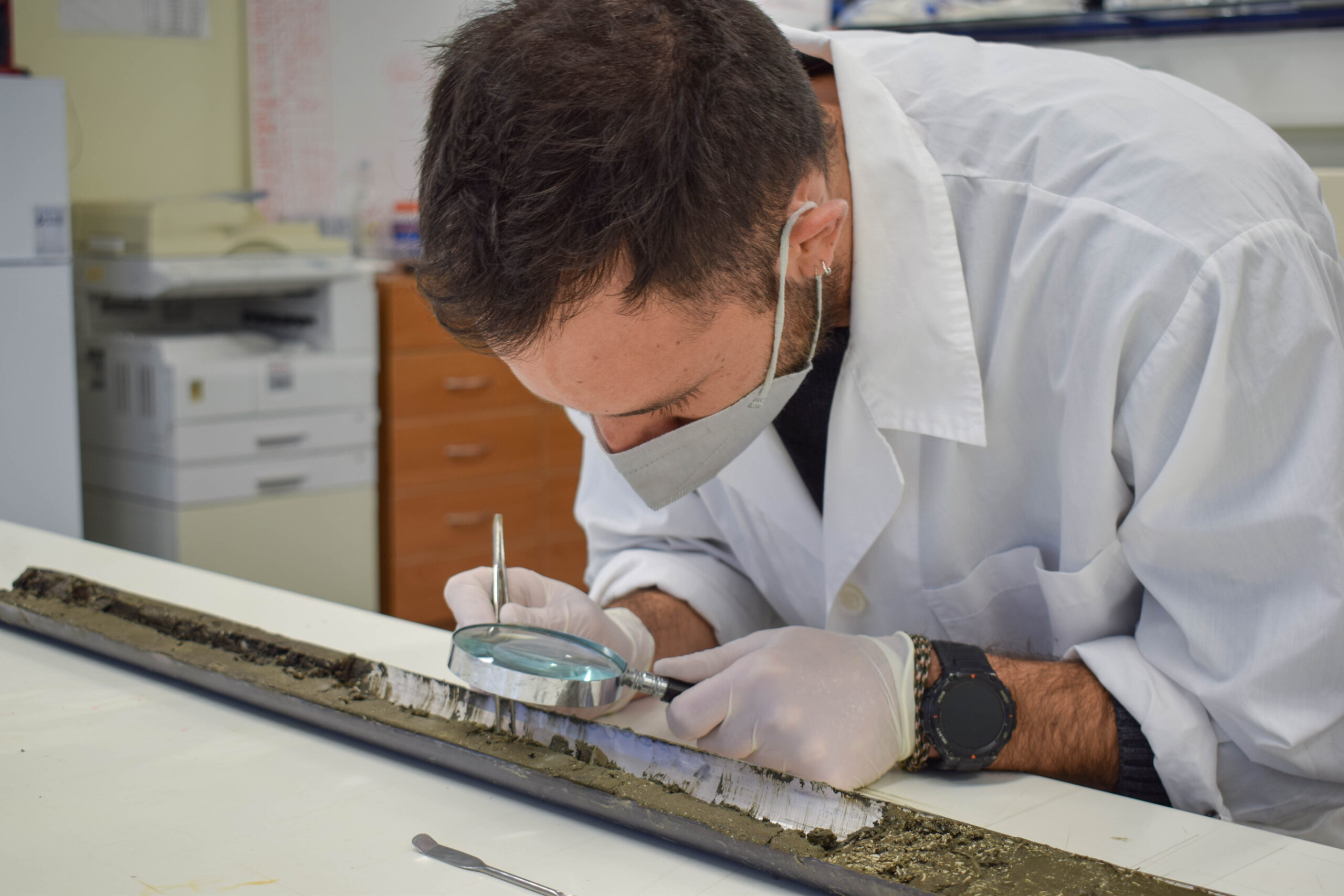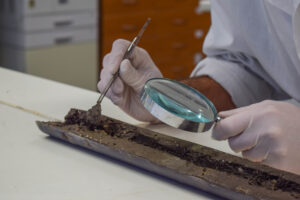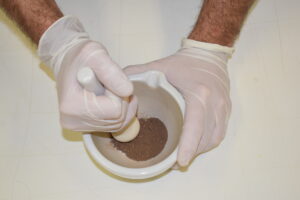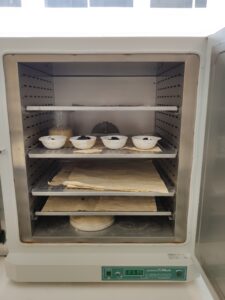
Sedimentological Analysis
Bottom sediments are characterized by different sizes of organic and inorganic particles, which are deposited through the water column on the seabed. Sediments can retain metals, trace elements, and organic matter by acting as adsorbents, reaching metal concentrations much higher than those in the water column. They are therefore one of the most appropriate tools for monitoring and determining marine pollution. Most of the time the environmental impact of aquaculture is local, but fish farming can release long-term persistent pollutants that can have extended environmental impacts. In this case, the metals, trace elements, and organic load in the fish sediments can be used as tracers to assess their long-term impact. Sediments in aquaculture areas have low redox potential, are occasionally anoxic, are high in nitrogen and phosphorus as well as high levels of sulfides from the decomposition of organic matter from unused feed, feces, and waste. This means that sediments near aquaculture parks can bind metals and organic loads to a large extent. For the better determination of aquaculture impact on the natural environment, the effect of certain environmental parameters of the sediments should be studied, such as the size of the sediment grain size, the organic load through the determination of total organic carbon (TOC), total nitrogen (TN), total phosphorus (TP) as well as the determination of metal concentration. All these environmental variables form the environment where each interacts with the others and with the metals separately, so it is very important to look at all the variables together and not separately to develop a mechanism for understanding how fish farming affects the environment. Our research group performs sedimentological analyses for the determination of the physicochemical characteristics in sediments as well as the determinations of metal concentration in lakes, marine, and lagoonal environments.





